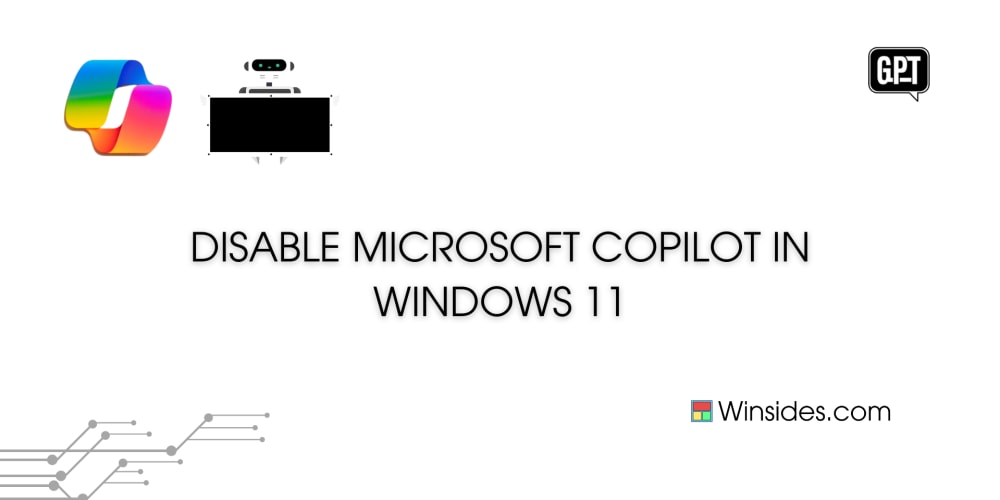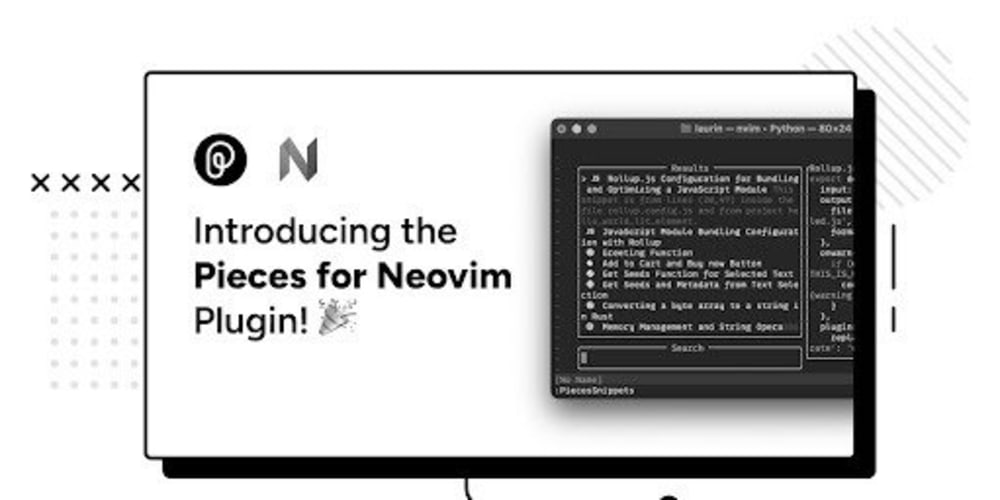<!DOCTYPE html>
Transformers in NLP Development
<br> body {<br> font-family: Arial, sans-serif;<br> margin: 20px;<br> }</p> <div class="highlight"><pre class="highlight plaintext"><code> h1, h2, h3 { color: #333; } p { line-height: 1.6; } img { max-width: 100%; height: auto; display: block; margin: 20px auto; } code { font-family: monospace; background-color: #eee; padding: 5px; } </code></pre></div> <p>
Transformers in NLP Development
Introduction
Natural Language Processing (NLP) has witnessed a dramatic evolution in recent years, fueled by the advent of transformers, a powerful neural network architecture that has revolutionized how we understand and process text. Transformers have significantly improved the accuracy and efficiency of NLP tasks, leading to breakthroughs in areas like machine translation, text summarization, question answering, and sentiment analysis.
This article delves into the world of transformers in NLP development, exploring their core principles, key components, and applications. We'll also cover practical examples, including code snippets and step-by-step guides, to illustrate how transformers are implemented in real-world NLP projects.
Understanding Transformers
Transformers are a type of neural network architecture that excels at processing sequential data like text. Unlike traditional recurrent neural networks (RNNs) that process information sequentially, transformers process all inputs simultaneously, enabling them to capture long-range dependencies and relationships within text. The key to their success lies in the self-attention mechanism, which allows the model to focus on relevant parts of the input sequence.
Self-Attention Mechanism
The self-attention mechanism is the core innovation behind transformers. It enables the model to "attend" to different parts of the input sequence and understand their relationships. This is achieved by calculating attention weights for each word in the sequence. Words that are semantically related or contextually relevant receive higher attention weights, while less important words receive lower weights.
Here's a breakdown of the self-attention process:
-
Input Encoding:
The input sequence is converted into a vector representation using an embedding layer. -
Query, Key, and Value:
The encoded vectors are then transformed into three new vectors: query (Q), key (K), and value (V). These vectors represent different aspects of the word embeddings. -
Attention Scores:
The query vectors of all words are compared to the key vectors of all other words using a dot product. This results in a matrix of attention scores, indicating the relevance of each word to all other words in the sequence. -
Softmax Normalization:
The attention scores are normalized using the softmax function to ensure they sum up to 1. This converts the attention scores into probabilities, representing the attention weights. -
Weighted Sum:
Finally, the attention weights are multiplied with the value vectors to obtain a context-aware representation of each word. This weighted sum incorporates information from all other words in the sequence.
The self-attention mechanism is computationally expensive, but it allows transformers to handle long sequences and capture complex relationships between words. The ability to process information in parallel makes transformers significantly faster than RNNs for many tasks.
Multi-Head Attention
To further enhance their ability to capture different aspects of the input sequence, transformers employ multi-head attention. This mechanism uses multiple attention heads, each with its own set of query, key, and value matrices. Each head attends to different parts of the input sequence, capturing different types of relationships. The outputs from all heads are then concatenated and transformed into a single output vector.
Multi-head attention allows transformers to attend to multiple aspects of the input simultaneously, leading to more robust and informative representations.
Encoder-Decoder Architecture
Most transformers adopt an encoder-decoder architecture. The encoder is responsible for processing the input sequence and generating a context-aware representation of it. The decoder uses this representation to generate the output sequence. The decoder also uses the self-attention mechanism to attend to the encoded representation and generate the output sequence.

Key Transformer Models
Several transformer models have emerged as state-of-the-art in NLP, each with its own strengths and applications:
BERT (Bidirectional Encoder Representations from Transformers)
BERT is a powerful language model that uses a transformer encoder to learn contextualized representations of words. It is trained on a massive text dataset and excels at tasks like text classification, question answering, and sentiment analysis.

GPT (Generative Pre-trained Transformer)
GPT is a transformer-based language model that focuses on generating text. It uses a transformer decoder to learn a language model and generate coherent and contextually relevant text. GPT-3, the latest iteration, is known for its ability to produce highly creative and realistic text, even writing poems, stories, and code.

XLNet
XLNet is another powerful language model that uses a transformer-based architecture to learn contextualized representations of words. It surpasses BERT in many NLP tasks by training on a larger dataset and employing a more efficient training method.
RoBERTa
RoBERTa (Robustly Optimized BERT Pretraining Approach) is an improved version of BERT that achieves better performance by using a larger training dataset, longer training times, and other optimizations.
Applications of Transformers in NLP
Transformers have revolutionized NLP, enabling significant advancements in various areas:
- Machine Translation
Transformers have significantly improved machine translation quality, enabling systems to generate more accurate and fluent translations. Models like GPT-3 and XLNet have achieved near-human-level accuracy in translation tasks.
Transformers can effectively summarize large amounts of text while preserving essential information. They can automatically generate concise and informative summaries, making it easier to understand and digest large volumes of content.
Transformers excel at answering questions based on given text passages. They can understand the context of questions and retrieve relevant information from the text to provide accurate answers.
Transformers can accurately analyze the sentiment expressed in text, determining whether it is positive, negative, or neutral. This is useful for understanding customer feedback, social media trends, and other applications.
Transformers like GPT-3 can generate highly creative and realistic text, including articles, poems, stories, and even code. They are revolutionizing content creation and automation.
Transformers power chatbots that can engage in natural conversations with humans. These chatbots can understand complex questions, provide informative answers, and even generate creative responses.
Transformers are used in dialogue systems to understand and respond to user requests in a natural and engaging way. This is crucial for creating seamless and efficient user experiences.
Practical Implementation with PyTorch
This section demonstrates how to use transformers in NLP tasks using PyTorch, a popular deep learning framework.
First, ensure that you have PyTorch installed. You can use pip to install it:
pip install torch
Then, install the Hugging Face Transformers library, which provides pre-trained models and utilities for working with transformers:
pip install transformers
- Loading a Pre-trained Model
Hugging Face Transformers provides access to a vast collection of pre-trained models. We'll use the BERT model for text classification as an example.
from transformers import BertTokenizer, BertForSequenceClassification
# Load the BERT tokenizer and model
tokenizer = BertTokenizer.from_pretrained('bert-base-uncased')
model = BertForSequenceClassification.from_pretrained('bert-base-uncased')
- Preparing the Input
To feed the input text to the model, we need to tokenize it and convert it into a format the model understands. Here's how to do that:
text = "This is a great product!"
# Tokenize the text
encoded_input = tokenizer(text, return_tensors='pt')
# Extract the input ids and attention mask
input_ids = encoded_input['input_ids']
attention_mask = encoded_input['attention_mask']
- Making Predictions
Now, we can use the model to generate predictions for the input text:
# Generate predictions
outputs = model(input_ids, attention_mask=attention_mask)
# Get the predicted class
predicted_class = outputs.logits.argmax().item()
- Interpreting the Output
The predicted class represents the sentiment of the text. We can interpret it based on the model's training dataset. In this example, the predicted class might correspond to "positive" sentiment.
Conclusion
Transformers have emerged as a transformative technology in NLP development, pushing the boundaries of what's possible in language understanding and generation. Their ability to capture long-range dependencies and process information in parallel has led to breakthroughs in various NLP tasks. From machine translation and text summarization to question answering and sentiment analysis, transformers are revolutionizing how we interact with language.
This article has provided an in-depth exploration of transformers, covering their core principles, key components, and applications. We have also explored practical examples using PyTorch, showcasing how transformers can be implemented in real-world NLP projects. As NLP continues to evolve, transformers will likely play an even more central role, enabling further advancements in natural language understanding and communication.


















